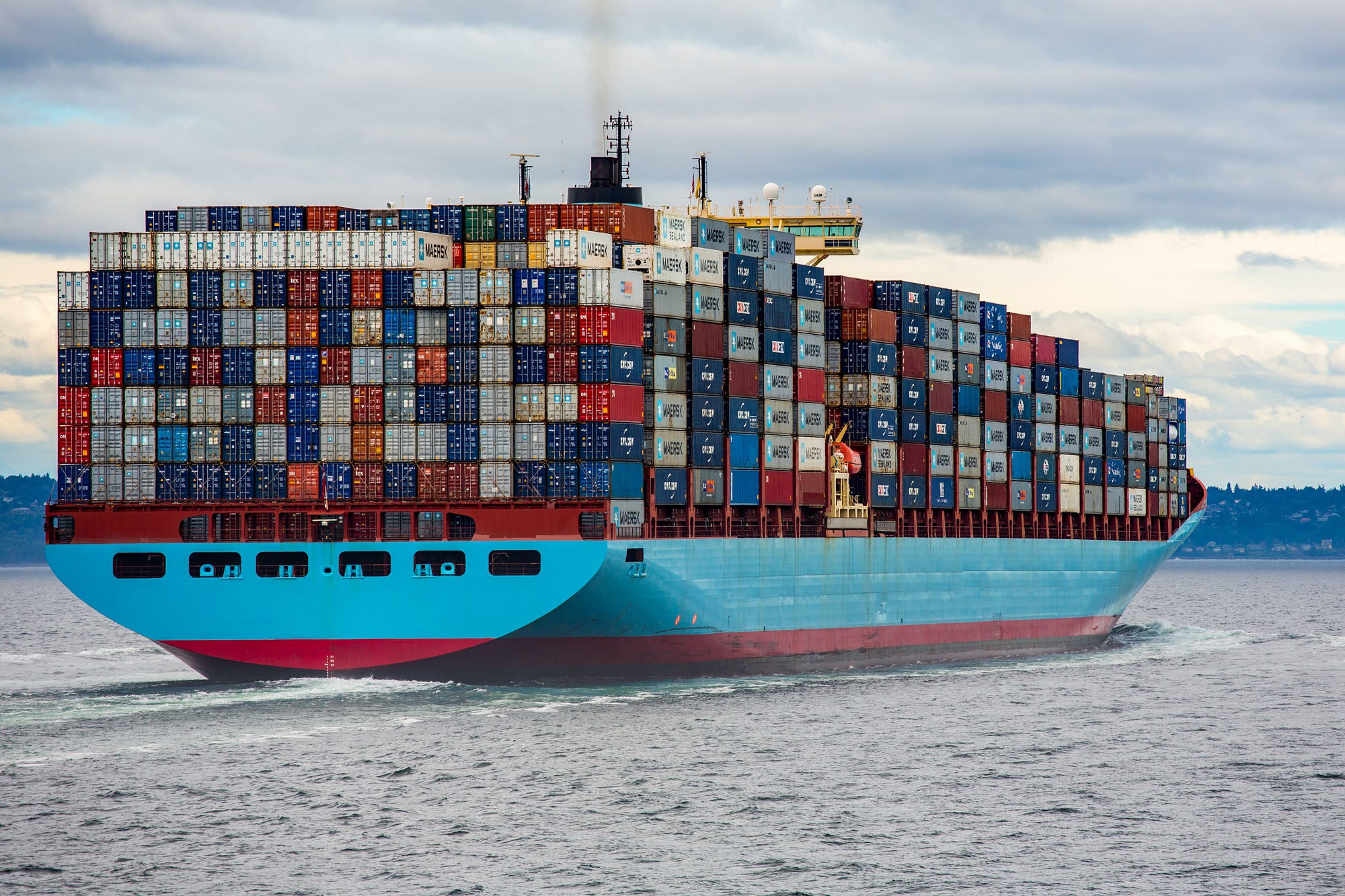
Supply chain management is a critical part of running any business, and making smart, data-driven decisions can be the difference between success and failure. One of the most powerful tools for improving supply chain efficiency and reducing costs is mathematical optimization. If you're unfamiliar with this concept, don’t worry—let’s break it down and see how it can transform your supply chain operations.
Supply chain optimization is the process of making your supply chain operations more efficient and cost-effective. It involves finding the best possible way to allocate resources—like raw materials, labor, and transportation—while minimizing costs and meeting business goals.
At its core, supply chain optimization seeks to answer a critical question: How can we get the right product to the right place, at the right time, and at the lowest possible cost?
This can involve a wide range of decisions, such as:
Inventory Management: How much of each product to keep in stock to meet demand while minimizing storage costs.
Transportation Planning: The best routes for delivering goods from one location to another, considering factors like cost, distance, and time.
Production Scheduling: When and how to manufacture products based on available resources, demand forecasts, and lead times.
The global supply chain is complex, with multiple moving parts, interdependencies, and many variables that can change in real-time (such as fluctuating demand, transportation delays, or production downtime). Without optimization, it's easy to make suboptimal decisions that cost your company time, money, and resources.
Optimization provides business value in several key ways:
Cost Reduction: By using optimization models to analyze all aspects of the supply chain, businesses can make better decisions that minimize costs.
Improved Efficiency: Optimization ensures that each part of the supply chain is working at its most efficient.
Better Resource Allocation: Helps businesses allocate labor, raw materials, and transportation capacity in the most effective way.
Risk Mitigation: Optimization models help create resilient supply chains that anticipate and plan for disruptions.
Supply chain optimization uses mathematical models to evaluate the trade-offs between different decisions. Let’s look at some examples:
Example 1: Transportation Optimization
Suppose you run a manufacturing company that needs to ship products to customers across several regions. The goal is to deliver goods on time while minimizing transportation costs.
An optimization algorithm considers transportation costs, time constraints, and environmental factors to find the best routes and delivery schedules, saving money and improving customer satisfaction.
Example 2: Inventory Optimization
Imagine you’re a retailer who sells products in different regions. You need to balance stock levels to meet demand without overstocking.
Optimization models consider demand forecasting, lead times, and holding costs to determine the ideal inventory levels at each warehouse, avoiding stockouts and reducing storage costs.
The key to effective optimization is the algorithm. Algorithms analyze data, evaluate scenarios, and identify the best possible outcome.
Optimization techniques vary based on the complexity and scale of the problem. For simpler problems, traditional mathematical optimization methods can efficiently identify optimal solutions. However, for more complex or large-scale issues, advanced algorithms are required, as they are better equipped to explore expansive solution spaces and deliver near-optimal results.
Many industries already benefit from supply chain optimization:
Retail: Companies in the retail industry optimize distribution center assignments to reduce transportation costs and delivery times.
Automotive: Manufacturers optimize supply chains to source parts and assemble vehicles efficiently.
Pharmaceuticals: Drug manufacturers optimize inventory and logistics to ensure timely delivery of essential medicines.
Mathematical optimization is a game-changer for supply chain management. It helps businesses make smarter, data-driven decisions, improving efficiency, reducing costs, and ensuring effective resource utilization. Whether you're optimizing transportation routes or inventory levels, optimization is key to staying competitive in today’s global market.
You can also discover how our algorithms optimize supply chains of companies like Airbus and BMW.